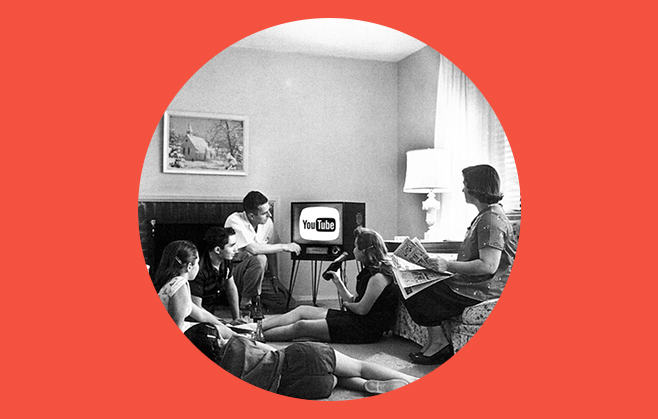
Brands and YouTube: Reaching millennial viewers
We’ve increasingly seen the rise in younger audiences choosing online video viewing over traditional channels. But for the first time, YouTube viewership amongst millennials has overtaken that of TV, prompting brands to reassess their digital marketing strategies.
A new study looking at the viewing preferences of 10,000 teens in 46 US states revealed that 26% watch YouTube each day, compared to the 25% who watch cable TV on a daily basis. This is monumental for the platform, which is the first time it has overtaken cable TV in terms of viewership studies. And other reports this year have shown that 1 in 3 millennials, (or the 18-34 age group), use YouTube as a news source, while 76% of this demographic reported following brands on the platform. These viewers also reported being highly receptive to advertising, with 62% taking action after viewing ad, compared to 51% of older generations. But while receptive to brands, millennials don’t like being sold to, which is why companies are using a content and digital first approach.
With this in mind, which brands have been exemplary in using YouTube to reach their demographic of millennial consumers? The key approach has been through influencer marketing. This is a particularly popular strategy for reaching younger audiences, who are receptive to the digital bloggers and vloggers they routinely follow. This was the case with thredUP, the world’s biggest online thrift store, who used this strategy to target its audience of young shoppers. The brand partnered with YouTube stars Steph and Matilda, the vloggers behind the popular Primrose Makeup channel, in order to expose their company services and drive online sales. In order to do this, Primrose Makeup produced a sponsored video entitled “Top 10 Weird College Life Hacks”, revealing useful content that would naturally appeal to that age group. Similarly, Macy’s partnered with some of the top style YouTubers such as Claire Marshall, Jenn Im, and Shameless Maya, in order to promote its new fashion and accessories department aimed at millennials. This campaign saw the brand create a series of videos entitled “The Next Style Star”, in which designers competed with one another for the chance to have their work displayed in Macy’s flagship store. Offline, the campaign launch gave fans the chance to meet the partnering YouTube influencers, resulting in a highly-anticipated event.
For millennials, digital-first is clearly important for consuming content, so brands know they have to play into this fact. In addition to influencer marketing, businesses with younger target audiences have realised the importance of working with platforms such as Maker Studios, one of the world’s largest influencer networks which has partnered with over 60,000 creators globally to produce stellar video content. One of the company’s services, MADE, allows brands to access its production studios and resources, helping them to create some great short form video campaigns. The likes of McDonald’s and Pepsi have excelled in creating multiple series of native video in conjunction with the platform, helping them to reach Maker’s primary demographic of 13-34 year olds.
Are you a regular YouTube viewer, or do you prefer traditional TV? And which brands do you think advertise most effectively to younger audiences? We’d love to hear your thoughts, so please tweet to us @PracticeDigital and share your comments on our Facebook page.




